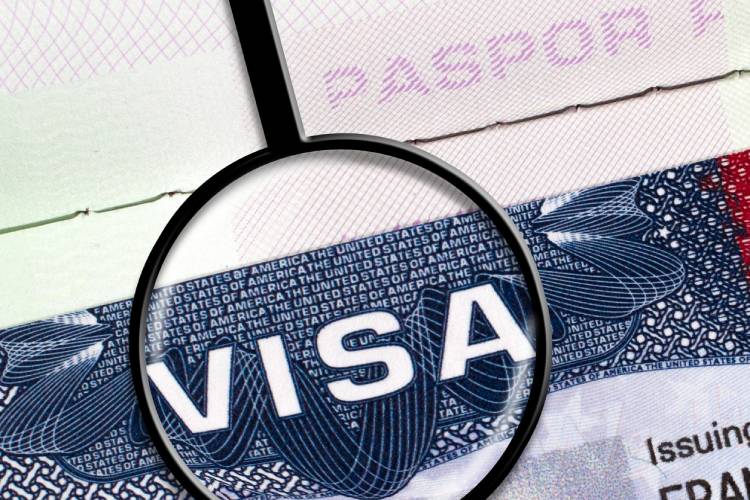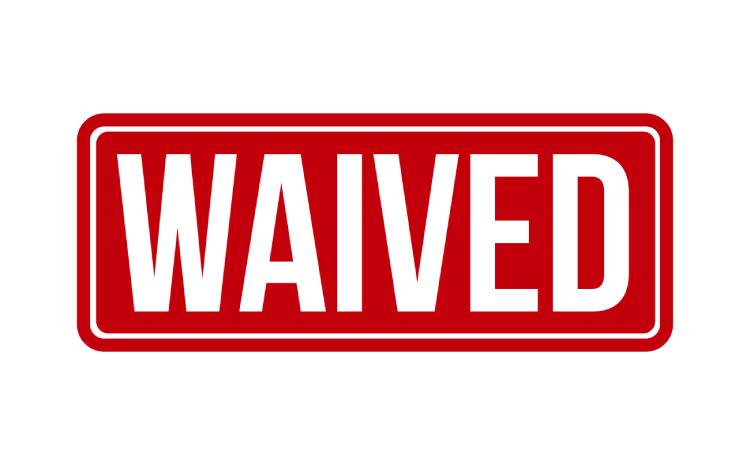Receiving a change of status from the U.S. Citizenship and Immigration Service (USCIS) is a significant step for many investors seeking to run businesses within the United States. However, this change alone does not fulfill all requirements for obtaining an E-visa. This post explains what is needed after a status change when applying for an E-visa, particularly for those planning to leave and re-enter the U.S.
Understanding Your Change of Status
A change of status approved by USCIS allows you to legally remain in the U.S. under your new status without needing a visa for entry. However, it’s important to note that this change is only valid while you remain in the U.S. Leaving the country without the proper visa could jeopardize your ability to return.
Why You Need an E-Visa to Return
For investors who have obtained a change of status in the U.S., it’s essential to understand that this alteration allows you to stay and operate your business within the United States but does not apply once you leave the country. Here’s a breakdown of why securing an E-visa is crucial for re-entry into the U.S.:
- Legal Requirement for Re-entry: Once you leave the U.S., your status change does not facilitate your re-entry. An E-visa is legally required to return and continue your business activities. This specific visa category ensures that you enter the U.S. to manage or develop an enterprise in which you have made a substantial investment.
- Continuity of Business Operations Having an E-visa is not just a formality; it is crucial for the continuity of your business operations. Traveling without an E-visa risks not only denial of entry upon your return but also significant disruptions to your business’s management and growth. An E-visa reassures U.S. Customs and Border Protection (CBP) that you are committed to maintaining and developing your business, aligning with the investment visa’s requirements.
- Avoiding Immigration Issues Failure to obtain an E-visa before leaving the U.S. can lead to complex immigration issues, including potential bans or delays in future visa processing. Adhering to the proper visa protocol is vital to avoid unintended consequences that could affect your legal status and business prospects in the U.S.
- Planning for the Future Obtaining an E-visa facilitates smooth travel back to the U.S. and positions you favorably for future immigration or visa considerations. Demonstrating compliance with visa requirements shows reliability and seriousness as an investor, which can be beneficial for any subsequent renewals or status adjustments.
Common Misconceptions
One significant misconception among investors relates to the implications of obtaining a change of status from the U.S. Citizenship and Immigration Services (USCIS). Here’s a detailed look at this misconception and the reality of the visa process:
- Misconception: Exemption from Visa Requirements Many investors believe that once they have successfully changed their immigration status while in the U.S., they are exempt from the usual visa requirements for future entries into the United States. This misunderstanding stems from the assumption that the status change is equivalent to obtaining a visa, which is not the case.
- Reality: Change of Status vs. Visa A change of status modifies the purpose for which a person can remain in the U.S., such as switching from a tourist visa to an investor status, without leaving the country. However, this change is recognized only within the borders of the U.S. and does not provide a physical visa stamp in the passport. Therefore, if the individual leaves the U.S., they must apply for and receive the appropriate visa for re-entry under the new status.
- Requirement for Visa Procedures Despite a status change, the standard visa application procedures remain in effect. These include:
- Document Submission: Investors must submit a comprehensive set of documents that often include business plans, proof of investment, financial statements, and personal identification.
- Visa Interviews: An interview at a U.S. consulate or embassy is generally required to assess the investor’s intentions, the viability of the business, and adherence to visa regulations.
- Security Checks: Extensive background and security checks are performed to ensure that the applicant poses no security threat to the U.S.
Key Considerations Before Leaving the U.S.
Here are several key considerations every investor should review before planning travel outside of the U.S.:
- Consultation with an Immigration Attorney
- Legal Guidance: An immigration attorney can provide tailored advice based on your specific situation, helping you understand the nuances of your status and the necessary steps for maintaining it upon your return.
- Document Review: Attorneys can review your documents to ensure they meet the current immigration requirements and advise on any updates or additional documentation needed.
- Strategic Planning: Legal experts can help plan the timing and logistics of your trip to avoid periods that might conflict with critical immigration deadlines or extensions.
- Ensuring All Paperwork is Up-to-Date
- Visa Application: Confirm that your visa application or renewal is submitted well before your planned travel date. Visa processing times can vary, and delays are expected.
- Valid Passport: Ensure your passport is valid for at least six months beyond the date you plan to re-enter the U.S., as this is a standard requirement for re-entry.
- Supporting Documentation: Carry copies of critical documents, such as business registration, tax returns, and financial statements, that prove your investment and business activities in the U.S.
- Securing an E-Visa
- Application Process: Understand the steps in securing an E-visa, including document submission, fees, and expected processing times.
- Interview Preparation: Prepare for the visa interview, focusing on your role in the business and the impact of your investment on the U.S. economy. Being well-prepared can help avoid unnecessary complications.
- Consulate Communication: Stay in communication with the U.S. consulate handling your visa application. They can provide updates on the status of your application and guidance on any additional requirements.
- Remembering the Implications of Leaving the U.S.
- Status Risks: Understand that leaving the U.S. without the proper re-entry documentation could jeopardize your current status and lead to difficulties at the border upon attempting re-entry.
- Maintaining Status: Ensure that any departure from the U.S. does not conflict with the requirements of maintaining your status, such as not abandoning your business operations or being absent for extended periods that could be interpreted as relinquishing your status.
Conclusion
Investors must diligently understand the nuances of U.S. immigration procedures related to E-visas. Although a status change is a positive step, it does not alleviate the need for an E-visa for future entries into the United States. Proper preparation and compliance with the U.S. Consulates’ requirements are crucial to maintaining one’s status and business operations in the U.S. Schedule a consultation with one of our experienced immigration lawyers for assistance with your E visa.
Schedule a Consultation with an Immigration Lawyer
Citations
We Can Help!
You may have questions regarding your E-Visa Status. We invite you to contact our team at Richards and Jurusik for detailed guidance and assistance. We aim to provide the most accurate and up-to-date information to make your immigration process smoother and less stressful. The immigration lawyers at Richards and Jurusik have decades of experience helping people to work and live in the United States. Please read some of our hundreds of 5-star client reviews! Contact us today to assess your legal situation.







